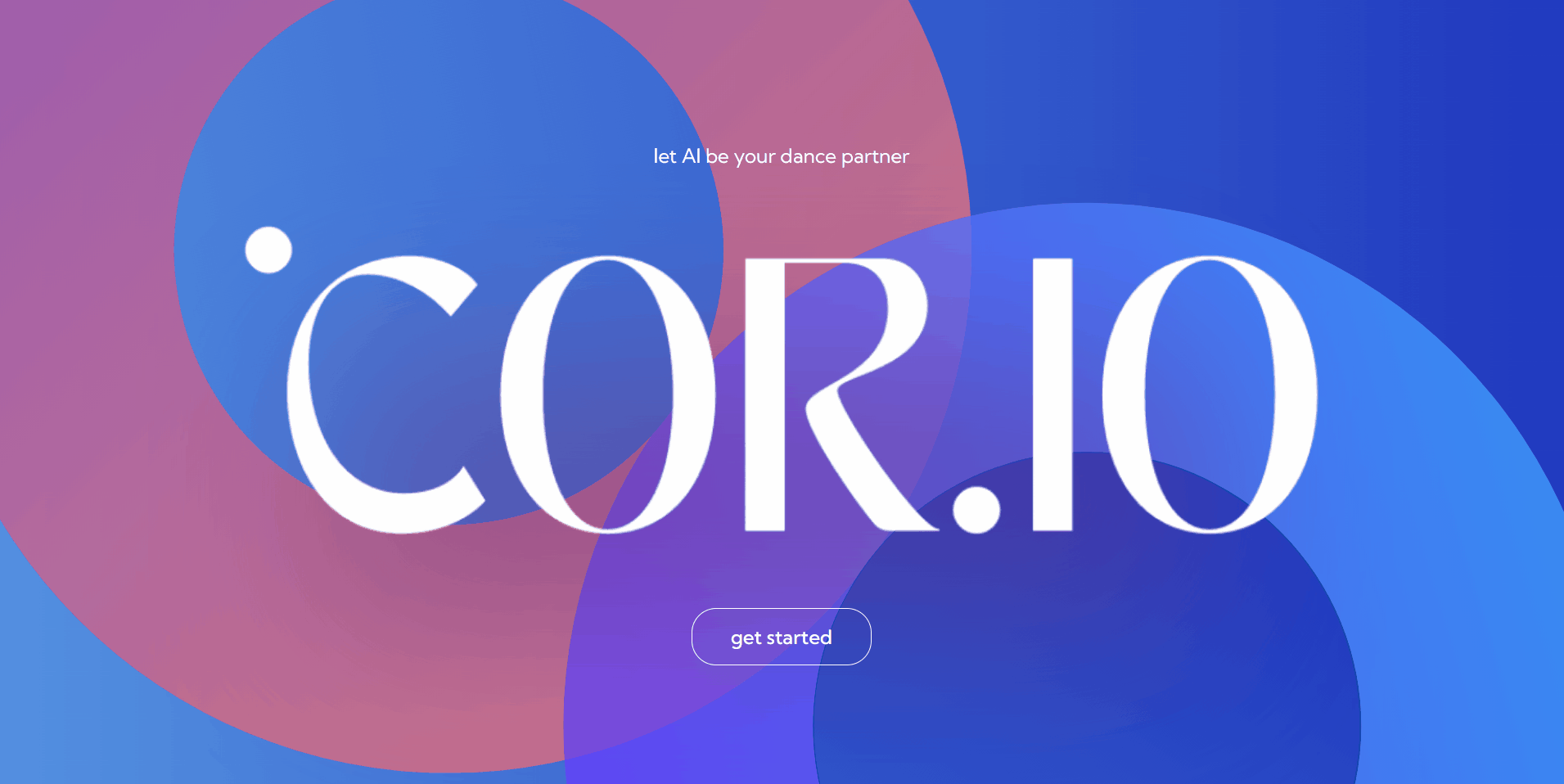cor.io
A web-based choreographing tool that simplifies the song, formation, and costume selection process
Details
cor.io supports choreographers in their creative process by alleviating some of the stress of details like selecting music, formations, and costumes.
This way, choreographers are more free to focus on their creative vision for their dance piece.
How to use it
After the user inputs a genre/vibe that they want their piece to embody, cor.io generates recommendations for song choices.
Then, given the user's selection of a song, cor.io generates a list of potential starting formations for the user to look through.
This way, the user has some control over the direction the formations will go in.
Additionally, every formation has an associated visualization in case it is unclear what cor.io is trying to portray.
After the user selects a starting formation, cor.io generates the full set of formations based on that feedback.
From there, the user is presented with some inspiration for a potential costume scheme for their piece.
There is also an associated image to help the user imagine what the outfit cor.io is describing could look like.
How it works
The primary technology that cor.io runs on is OpenAI's gpt-3.5-turbo model made available through their API.
Most of cor.io's functionalities boil down to:
- The user enters some input or feedback.
- cor.io's backend generates a prompt based on the user input and then makes an API request with that prompt.
- The user is presented with the parsed and styled version of the API response.
As gpt-3.5-turbo is a language model, it's not fully capable of handling the formations and costume visualizations the user encounters.
Thus, it's worth mentioning that:
- The formation visualizations are generated by parsing gpt-3.5-turbo's responses for certain keywords and matching those to images we made.
- After gpt-3.5-turbo generates the costume scheme, OpenAI's DALL-E model is used to generate the corresponding image of the costumes.
How to get it
As this was a group project and was originally designed for a class, I try to keep the source code private.
However, if you're really interested in seeing/playing with the code, feel free to send me an email.
Since I mentioned this was a group project, I should also mention that I did most of the implementation (all of the backend and some of the frontend).
